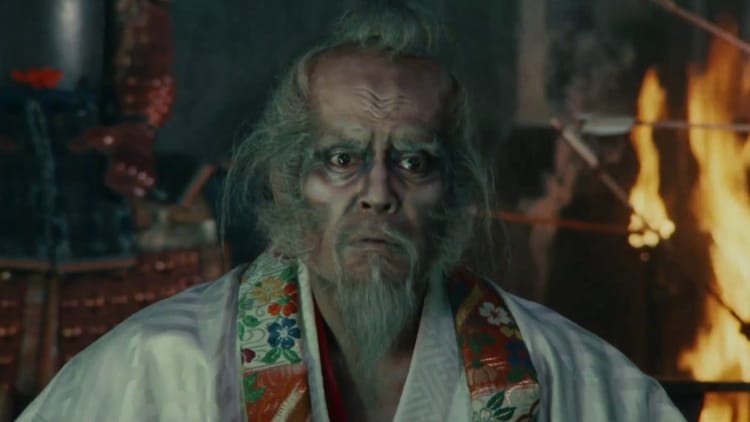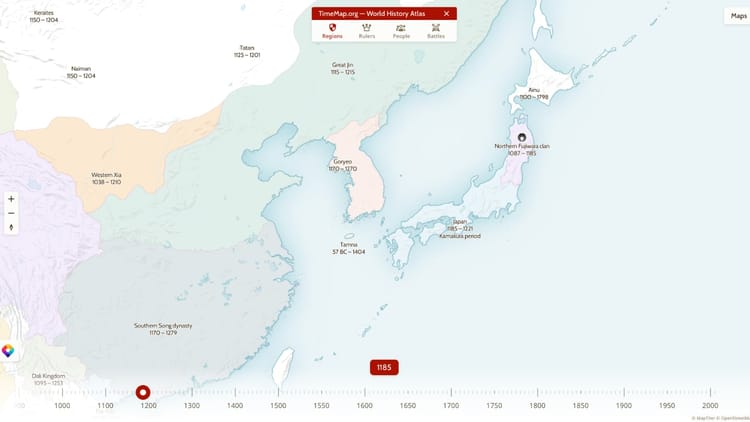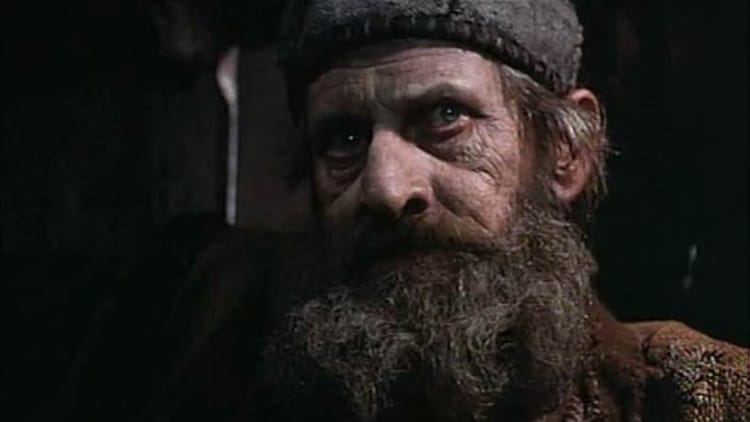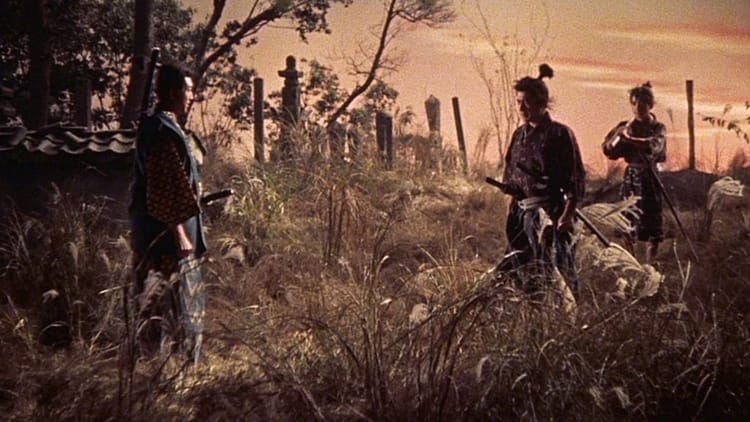War and State Building in Medieval Japan
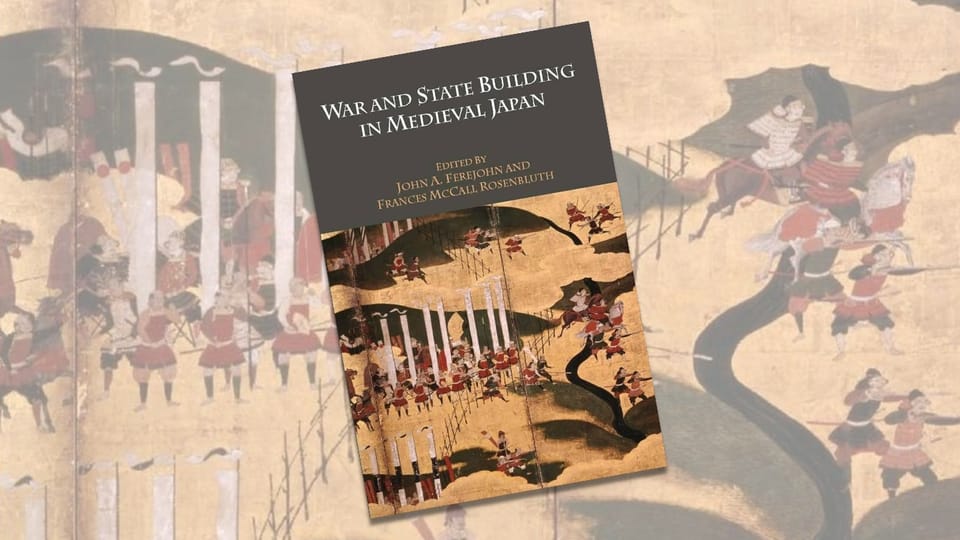
So, one of the crazy, unplanned side effects of diving headfirst into this whole VIKINGS vs SAMURAI saga is that my reading list did a complete 180. I used to be knee-deep in sci-fi and fantasy, right? Now, all I crack open are nonfiction books. But not just any books; I’m talking straight-up history—samurai and Vikings, obviously.
I just wrapped up War and State Building in Medieval Japan, a collection edited by John A. Ferejohnand Frances McCall Rosenbluth. It caught my eye after I tore through Morten Oxenboell’s Akutō and Rural Conflict in Medieval Japan, and Oxenboell name-dropped this book enough times that I had to hit up Amazon. Checked out a sample chapter, and man, that was it. I was locked in.
Here’s the deal with War and State Building: you’ve got six historians, all hitting you with that mix of modern social theory and deep-dive history on Japan’s wars of unification and resistance. You think you know how centralized states form, right? Big armies, bloodshed, all that jazz. This book flips that on its head, dissecting how Japan’s government consolidated power around the same time as Europe’s, even though Japan was doing its own thing across the sea.
The essays go into how population spikes shook up the cozy farmer-estate holder dynamic, driving people into some cold, hard Hobbesian bargains—pay your taxes or kiss your peace of mind goodbye. Sound familiar? That’s because Japan and Europe, despite their differences, were playing the same bloody game during the 16th and 17th centuries.
This book’s packed with heavy hitters like Karl Friday’s “They Were Soldiers Once: The Early Samurai and the Imperial Court” and Susumu Ike’s “Competence over Loyalty: Lords and Retainers in Medieval Japan.” You’ve got Tsuguharu Inaba’ breaking it down with “Community Vitality in Medieval Japan.” Carol Richmond Tsang gives us the lowdown in “Advance and Be Reborn in Paradise ...: Religious Opposition to Political Consolidation in Sixteenth-Century Japan.” Pierre François Souyri throwing in a ninja origin story with “Autonomy and War in the Sixteenth-Century Iga Region and the Birth of the Ninja Phenomenon,” and Thomas Conlan explaining how tech shaped Japan’s regional power in “Instruments of Change: Organizational Technology and the Consolidation of Regional Power in Japan, 1333-1600.”
So, here’s the deal with VIKINGS vs. SAMURAI—it’s locked in the Kamakura period. Cool, I can work with that. But man, some times I wish I could’ve set it in the 16th century, 'cause then I’d have had a golden opportunity to throw Oda Nobunaga into the mix after all I learned about the man. And let me tell you, Nobunaga was a straight-up savage. The guy wasn’t just one of the three unifiers of Japan; he was the original mastermind of no-holds-barred, take-no-prisoners warfare. He brought down the hammer using guerrilla tactics straight from the Akutō playbook. Ambushes, sabotage, hit-and-run? That was his bread and butter.
And here’s an eye-opener—Nobunaga’s reign of terror birthed the ninja. Yeah, you heard me. Those peasant-warriors from the Iga Province? They rose up as a response to his brutality, turning guerrilla warfare into an art form. Think of them like medieval special forces, pulling off covert ops in the middle of all that chaos. And if that wasn’t enough, Nobunaga was the first dude to start using guns in battle in Japan. Imagine Vikings going up against samurai with muskets. It’d be wild.
But, nah, we’re in the Kamakura era for this story—so no ninjas, no gunfire, none of that crazy 16th-century action.
So here’s the kicker I picked up from War and State Building—when loyalty was the hottest commodity, it was in the shortest supply. I’m talking samurai, right? These guys weren’t sticking by their lords out of some noble code of honor. Nah, they were strategic as hell. They fought for their lord when they thought there was a real shot at winning, but the moment the tides turned, guess what? They’d flip sides faster than you can say “sayonara,” all to avoid getting their land snatched and handed over to the victors. That’s the real game: survival and keeping your slice of the pie.
Now, let’s talk about the peasants, the farmers, the everyday folks stuck in the middle of this war-torn mess. For them, war wasn’t some heroic saga—it was straight-up hell. Farms burned, families torn apart, lives destroyed. But these peasants? They weren’t just lying down and taking it. Where they could, they fought like hell to keep their autonomy, doing whatever they could to avoid getting pulled into the machine.
And then there’s the big what-if moment. Imagine if the Mongols had actually landed, full force, when they invaded Japan. Would Japan have caved? Or would the people have rallied, maybe even demanded something in return for their emergency mobilization? Political concessions, perhaps? We’ll never know, but damn, it’s wild to think about.
Alright, so here’s the twist—in VIKINGS vs SAMURAI, forget the Mongol invasion. Nope, Japan’s not dealing with those guys. Instead, they’ve got a Viking horde crashing down on ‘em like a tsunami of berserkers. And you can bet your ass I’m I’m going to tell tales how those peasants are gonna play this to their advantage. Because, let’s be real, these farmers aren’t just sitting around waiting to get stomped on. They’re survivors, man. They’ve got skin in the game, and when that Viking army rolls in, they’re gonna find ways to leverage the chaos, push for something, make their move. You know it’s coming.ow the peasants are going to leverage that to their advantage.
War and State Building in Medieval Japan didn’t just open my eyes, it blew the doors off the whole power game—loyalty, betrayal, survival, all of it. And get this, it wasn’t just Japan; this stuff rippled across Europe too.
These essays? They’re not just dusty, academic takes—they’ve got teeth. They make you question all those simplified, Hollywood versions of war and power we’ve been fed. Instead, you see how people—whether they’re samurai, peasants, or whoever—were making cold, calculated moves just to keep their heads above water in this brutal political chess game.
So yeah, as I dig deeper, I realize the real stories—those raw, messy tales of peasant rebellions, betrayals, and how empires actually got built—are just as gnarly, if not more badass, than any sci-fi or fantasy I used to geek out on. History’s the ultimate blockbuster—filled with strategy, bloodshed, and resilience. You just gotta know where to look.

